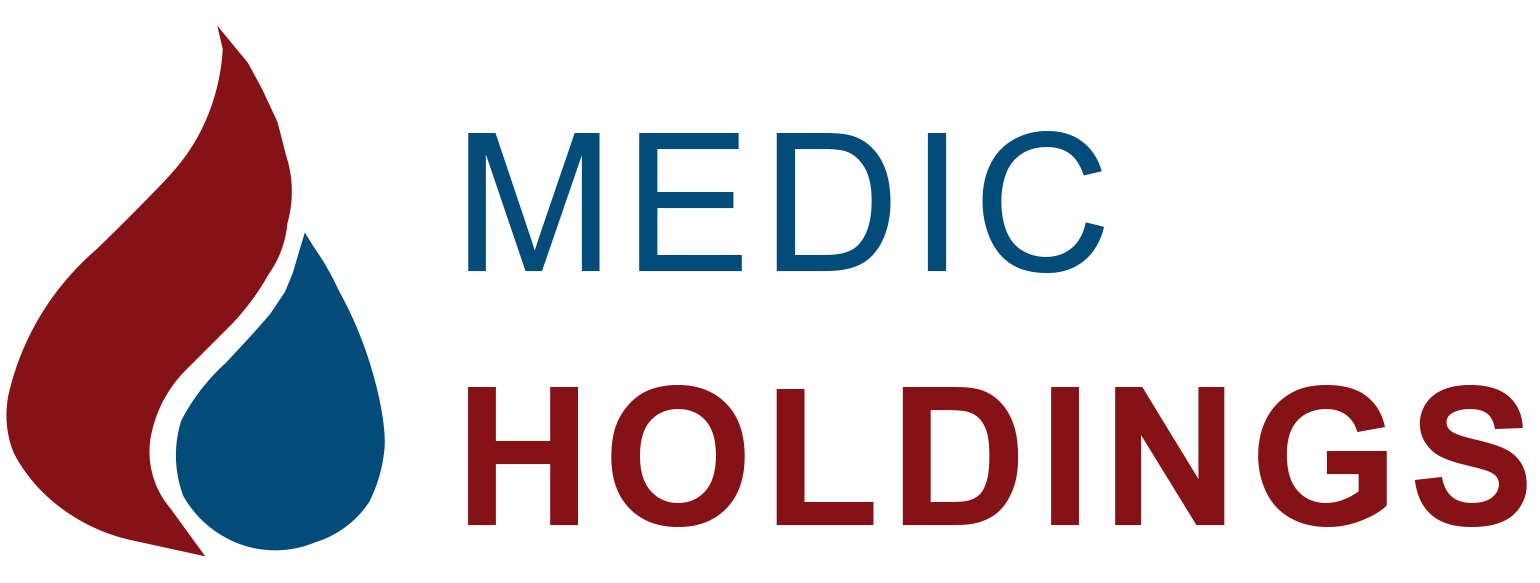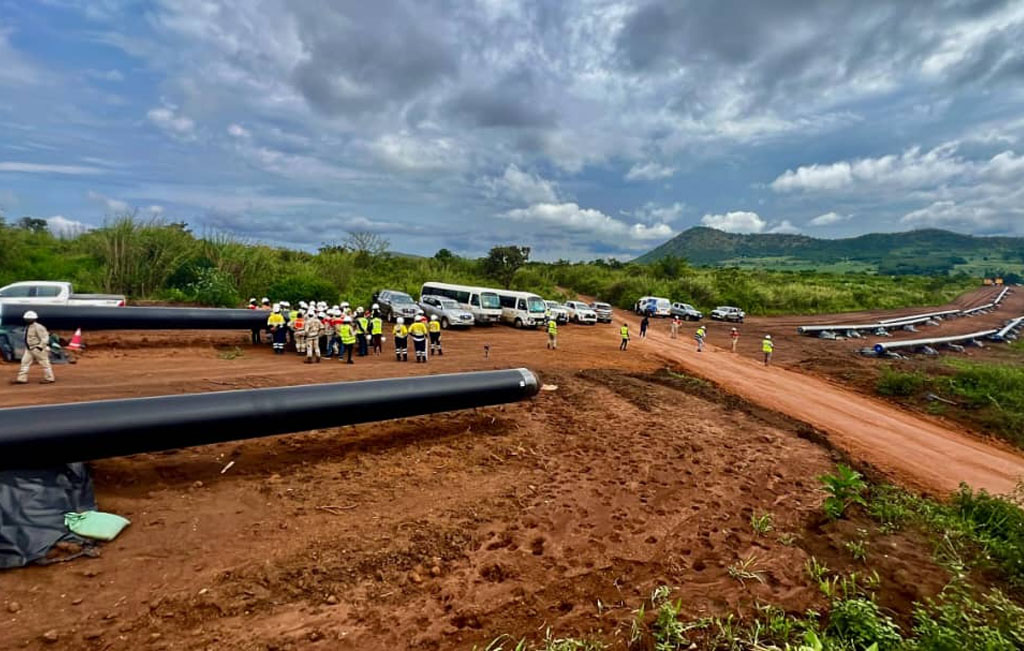The East African Crude Oil Pipeline (EACOP) represents one of the most significant energy infrastructure projects currently underway in Africa. Designed to transport crude oil from Uganda’s Lake Albert oilfields to the Tanzanian port of Tanga, this 1,443-kilometer heated pipeline has seen its projected costs escalate dramatically from an initial estimate of 3.5billionto5 billion as of August 2021. This 43% cost increase has sent shockwaves through the project’s financial and operational planning, forcing stakeholders to reconsider funding strategies and project timelines.
For Medic Holdings Limited, as a leading petroleum logistics and distribution company operating across East Africa, these developments present both challenges and opportunities. The evolving situation surrounding EACOP offers critical insights into the region’s energy future and our potential role in supporting this transformative project. This comprehensive analysis will explore:
- The detailed breakdown of cost escalations and their root causes
- The complex financing landscape and shifting stakeholder dynamics
- Environmental and social considerations shaping project execution
- The broader implications for East Africa’s energy sector
- Strategic opportunities for Medic Holdings in this evolving landscape
Section 1: The Anatomy of EACOP’s Cost Escalation
1.1 Original Project Scope and Budget
When first conceived in 2016, EACOP was projected to cost $3.5 billion, with the following key components:
- Pipeline construction: $2.2 billion (63% of total)
- 1,443 km of 24-inch diameter heated pipeline
- Six heating stations to maintain crude oil temperature
- Two pressure reduction stations
- Terminal infrastructure: $800 million (23% of total)
- Tanga Marine Terminal (Tanzania)
- Storage facilities at Hoima (Uganda)
- Ancillary costs: $500 million (14% of total)
- Land acquisition and compensation
- Environmental mitigation measures
- Community development programs
1.2 Factors Driving Cost Increases
The project’s cost has ballooned to $5 billion due to multiple interrelated factors:
1.2.1 Construction Material Inflation
The COVID-19 pandemic and subsequent global supply chain disruptions caused unprecedented price increases for critical materials:
- Steel prices rose 215% between 2020-2022
- Specialty pipeline coating materials saw 40-60% cost increases
- Construction equipment availability decreased while rental costs surged
1.2.2 Land Acquisition Challenges
The pipeline’s route affects approximately 4,000 households across Uganda and Tanzania, leading to:
- Protracted negotiations with affected communities
- Legal challenges regarding compensation rates
- Delays in securing right-of-way clearances
1.2.3 Environmental Compliance Costs
Stricter environmental regulations and mitigation requirements added:
- $150 million for enhanced wildlife protection measures
- $75 million for water source protection systems
- $50 million for carbon offset programs
1.2.4 Security and Risk Premiums
Growing security concerns in the region necessitated:
- Enhanced pipeline monitoring systems
- Private security contracts
- Insurance premium increases
Section 2: Financing Landscape and Stakeholder Dynamics
2.1 Revised Equity Structure
The cost escalation has forced significant adjustments to the project’s financing plan:
| Stakeholder | Original Share (2016) | Revised Share (2021) | Investment Change |
|---|---|---|---|
| TotalEnergies (France) | 55% | 62% | +$825 million |
| CNOOC (China) | 15% | 8% | -$315 million |
| Uganda National Oil Co. | 15% | 15% | +$225 million |
| Tanzania Petroleum Dev. | 15% | 15% | +$225 million |
2.2 Debt Financing Challenges
The project requires approximately $3 billion in debt financing (60% of total cost), but faces significant hurdles:
2.2.1 Western Bank Withdrawals
Major international financiers that have exited the project include:
- BNP Paribas
- Barclays
- Credit Suisse
- Standard Chartered
2.2.2 Insurance Market Retreat
Leading insurers declining coverage:
- Lloyd’s of London
- Swiss Re
- Munich Re
- Allianz
2.2.3 Alternative Financing Options
Potential alternative funding sources:
- African Development Bank: Considering $500 million facility
- Chinese Financial Institutions:
- Sinosure ($1.2 billion in potential coverage)
- ICBC ($800 million loan under discussion)
- Middle Eastern Investors:
- Qatar Investment Authority exploring equity participation
- UAE sovereign wealth funds showing interest
2.3 Government Support Mechanisms
Both Uganda and Tanzania have implemented measures to support the project:
- Uganda:
- Sovereign guarantee for $700 million
- Tax stabilization agreement
- Tanzania:
- 10-year tax holiday
- Customs duty waivers on imported materials
Section 3: Environmental and Social Considerations
3.1 Climate Change Concerns
EACOP faces intense scrutiny regarding its environmental impact:
- Projected lifetime emissions: 379 million tons CO2 equivalent
- Potential impact on:
- Murchison Falls National Park
- Lake Victoria watershed
- Coastal ecosystems near Tanga
3.2 Biodiversity Protection Measures
The project has implemented several mitigation strategies:
- Elevated pipeline crossings for wildlife corridors
- Advanced leak detection systems
- $50 million biodiversity offset fund
3.3 Community Engagement Programs
Significant investments in local communities:
- $150 million for livelihood restoration
- 5,000 local jobs created during construction
- 12 new health centers funded along pipeline route
Section 4: Regional Energy Market Implications
4.1 Impact on Uganda’s Oil Sector
EACOP’s success is crucial for Uganda’s oil development:
- Expected government revenue: $1.5-2 billion annually
- Potential to reduce fuel import dependence by 40%
- Creation of 15,000 direct and indirect jobs
4.2 Tanzania’s Strategic Position
The project enhances Tanzania’s role as an energy hub:
- Tanga port upgrades worth $300 million
- New storage terminal capacity (1.2 million barrels)
- Potential integration with Tanzania’s LNG projects
4.3 East African Energy Integration
Broader regional implications:
- Potential future connection to Kenya’s Lokichar basin
- Synergies with South Sudan’s oil production
- Regional petroleum products pricing impacts
Section 5: Opportunities for Medic Holdings
5.1 Downstream Logistics Expansion
Potential areas for growth:
- Fuel Storage Solutions:
- New storage terminals near Hoima and Tanga
- Strategic reserves management
- Transportation Services:
- Trucking operations for refined products
- Specialized bitumen transport
- LPG Distribution:
- Household energy transition programs
- Commercial LPG solutions
5.2 Commodity Trading Opportunities
Emerging market possibilities:
- Crude oil marketing support services
- Petroleum products trading
- Lubricants supply chain expansion
5.3 Strategic Partnerships
Potential collaboration areas:
- With EACOP Consortium:
- Logistics support contracts
- Workforce transportation services
- With Governments:
- Strategic fuel reserve management
- Rural energy access programs
Conclusion: Navigating East Africa’s Energy Future
The EACOP project represents a pivotal moment in East Africa’s energy development. While the cost escalation to $5 billion presents significant challenges, it also underscores the project’s strategic importance to regional energy security and economic development.
For Medic Holdings, this evolving landscape offers numerous opportunities to expand our operations and strengthen our position as a leading energy logistics provider in East Africa. By aligning our growth strategy with the region’s evolving energy needs, we can play a vital role in ensuring the successful implementation of this transformative project.

